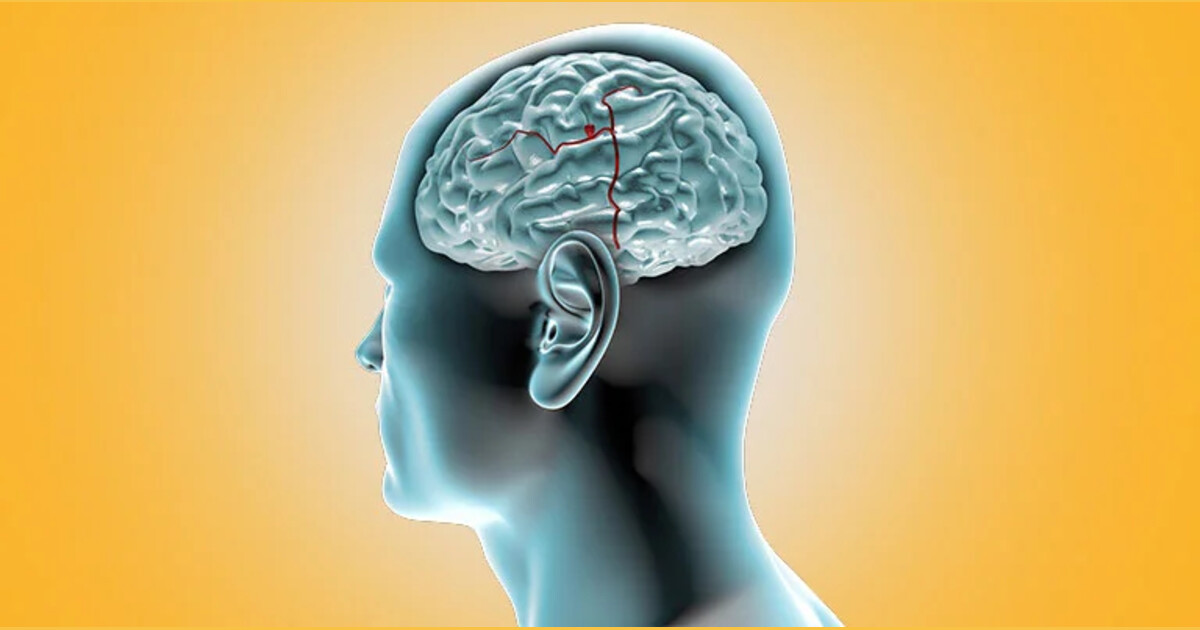Ever wondered about brain aneurysms and how to detect them before they become life-threatening? Join us as we explore insights from a Cleveland Clinic neurosurgeon.
A Cleveland Clinic neurosurgeon, Dr. Mark Bain, underscores the importance of identifying brain aneurysms before they rupture, a condition affecting approximately 30,000 people in the U.S. annually, with a mortality rate of 50% upon rupture.
Brain aneurysms are characterized by weakened artery walls, which can occur in any artery throughout the body, resulting in a bulging or dilation. Brain aneurysms are especially concerning as they can rupture when they reach a certain size, leading to brain damage.
Several risk factors contribute to their development, including hypertension, heart disease, diabetes, and genetic predisposition. Older adults face a higher risk due to the cumulative effects of factors such as smoking and hypertension over time.
Brain Aneurysms: What to Expect
Detecting aneurysms before they rupture is crucial. Dr. Bain emphasizes the significance of screenings for those with risk factors, such as a family history or a history of long-term smoking.
A specialized MRI called Magnetic Resonance Angiography (MRA) is used for this purpose, offering a minimally invasive way to examine brain blood vessels. Regular monitoring allows for the identification of any changes or growth in aneurysms, enabling preventative intervention.
Occasionally, individuals may seek medical attention due to headaches accompanied by vision changes or dizziness. Although aneurysms often don’t cause these symptoms, they can be incidentally discovered during an MRI.
Therefore, Dr. Bain advises individuals experiencing persistent headaches to consult a doctor rather than merely resorting to over-the-counter medication.
When a brain aneurysm ruptures, it typically manifests as a sudden, severe headache, sometimes accompanied by nausea and vomiting. In such cases, immediate medical attention, often through a 911 call, is crucial.
Treatment involves stabilizing the patient and draining excess brain fluid to alleviate pressure. Surgical options, such as clipping the aneurysm’s base, may also be necessary.
While brain aneurysms are relatively rare, Dr. Bain emphasizes the importance of seeking medical advice if anything feels amiss, even if symptoms seem minor. He notes that patients often discover aneurysms during routine tests like MRIs or CAT scans while seeking solutions for unrelated health issues.
In conclusion, early detection of brain aneurysms can be life-saving. Screening through MRA imaging is recommended for those at risk, and anyone experiencing persistent headaches or concerning symptoms should consult a healthcare provider.
Dr. Bain reassures that although brain aneurysms are a source of fear, they are rare, and timely medical attention can make all the difference in mitigating their risks and consequences.
Share your thoughts in the comments below!








Leave a Reply
You must be logged in to post a comment.